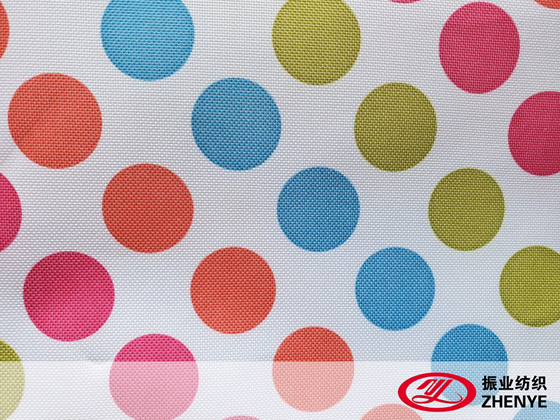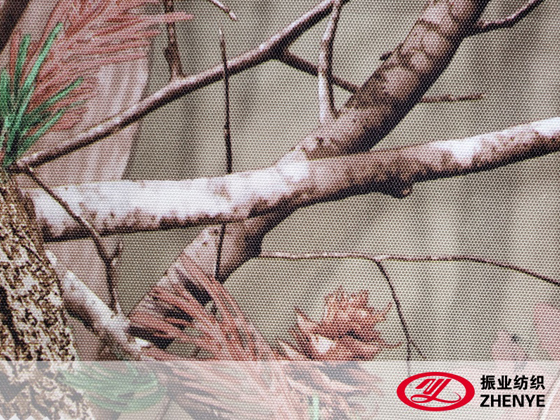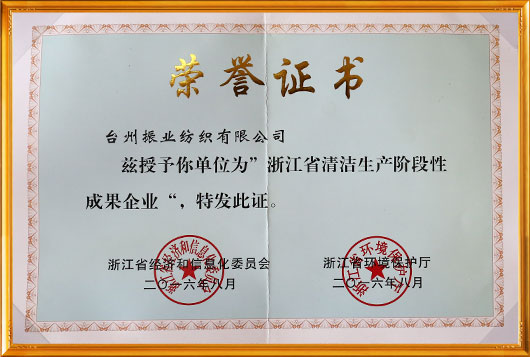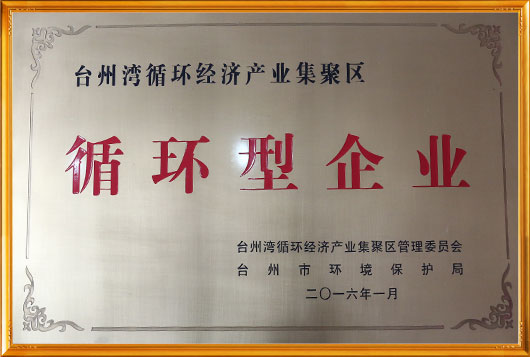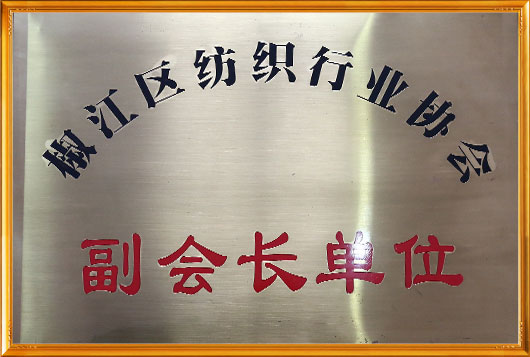Origin and Early Uses: From Industrial Textiles to Everyday Items 300D fabric appeared as a practical solution for industrial and outd...
READ MOREOur main products are bag fabric, PVC fabric, PU fabric, 300D fabric, 600D fabric, RPET fabric and other polyester fabric.
Products are widely used in making luggage, bags, backpack, cases, beach chairs, tents, decoration fabric and so on.
-
-
Material Composition and Weave Differences 600D fabric factory is typically made from polyester or nylon fibers, which are woven into ...
READ MORE -
Balanced Durability for Daily Use The advantage of 300D fabric is its durability relative to its weight. Although it is not thick, it h...
READ MORE -
When selecting fabrics for various applications, such as outdoor gear, luggage, or upholstery, understanding the distinctions between f...
READ MORE
What is the difference between textile printing and fabric dyeing?
Both textile printing and fabric dyeing involve adding color to textiles, but they differ in technique, effect, and application.
Key Differences:
1. Method:
Fabric Dyeing: Involves immersing the entire fabric or fibers in dye, resulting in a uniform color.
Textile Printing / Cloth Printing: Applies color only to specific areas or patterns on the fabric surface, leaving other parts untouched.
2. Design Flexibility:
Dyeing creates solid, all-over colors.
Printing allows complex patterns, gradients, logos, and multicolor designs, ideal for Digital Printed Fabric.
3. Resource Usage:
Printing uses less dye per fabric area because it targets specific zones, making it more environmentally efficient.
4. Fabric Suitability:
Dyeing works on almost all fibers but may require chemical pre-treatment.
Printing may require smooth or specially treated fabrics for precise patterns.
What types of fabrics are suitable for digital printing?
Digital textile printing allows high-resolution patterns on a variety of fabrics. The choice of fabric affects color vibrancy, detail, and durability.
Suitable Fabrics Include:
1. Natural Fibers:
Cotton, linen, silk, wool
Soft, absorbent, and hold dye well.
2. Synthetic Fibers:
Polyester, nylon, spandex blends
Often require sublimation printing for vibrant colors on polyester.
3. Blended Fabrics:
Cotton-polyester or silk blends combine texture and print quality, ideal for cloth printing with intricate designs.
Pre-treatment of fabric improves ink adhesion and color vibrancy in digital printed fabric.
Can you print on cotton, polyester, and silk fabrics?
Each type requires specific methods:
1. Cotton:
Works well with reactive or pigment inks.
Ideal for t-shirts, home decor, and casual garments.
2. Polyester:
with sublimation or disperse inks.
Produces vibrant colors but may require coated or treated polyester for high detail.
3. Silk:
Compatible with acid or reactive inks.
Provides luxurious, glossy prints suitable for scarves, dresses, and accessories.
Digital printing adapts to almost all fabrics, but the choice of ink and pre-treatment is crucial for long-lasting results.
What are eco-friendly printing methods used in textile production?
Sustainable textile printing is increasingly important due to environmental concerns. Printing Fabric innovations include:
1. Water-Based Inks:
Reduce chemical runoff and are biodegradable.
2. Digital Printing:
Minimizes water and dye usage compared to traditional screen printing.
3. Sublimation with Recycled Polyester:
Works on recycled polyester fabrics, combining eco-friendly materials with vibrant Digital Printed Fabric results.
4. Low-Impact Reactive Dyes:
Require less salt and energy during the dyeing process.
5. UV and Air Drying Techniques:
Reduce energy consumption and emissions compared to traditional heat-drying methods.
| Eco-Friendly Method | Benefits | Ideal Fabric |
| Digital Inkjet Printing | Minimal water usage, precise patterns | Cotton, polyester, silk |
| Water-Based Inks | Biodegradable, non-toxic | Natural fibers |
| Sublimation on RPET | Uses recycled polyester, long-lasting colors | Polyester fabrics |
| Low-Impact Dyes | Reduces chemical waste | Cotton and linen |
What are new trends in digital textile printing technology?
Digital textile printing continues to evolve, offering higher efficiency, creativity, and sustainability:
1. Hybrid Printing Machines:
Combine screen printing and digital printing for larger-scale production without losing detail.
2. Eco-Friendly Inks:
Expansion of plant-based, biodegradable inks for cloth printing.
3. Smart and Functional Prints:
Prints with antimicrobial, UV-protective, or moisture-wicking properties integrated into fabrics.
4. 3D and Textured Printing:
Allows raised or textured patterns for innovative printing fabric designs.
5. Automation and AI Integration:
AI software predicts ink behavior and color fastness, improving efficiency for digital printed fabric production.
From textile printing to Digital Printed Fabric, modern printing techniques allow vibrant, sustainable, and highly customizable designs on cotton, polyester, silk, and blends. Understanding fabric type, printing method, and eco-friendly innovations ensures high-quality, durable, and environmentally conscious cloth printing results for fashion, home decor, and industrial applications.


 EN
EN
 English
English Español
Español 中文
中文